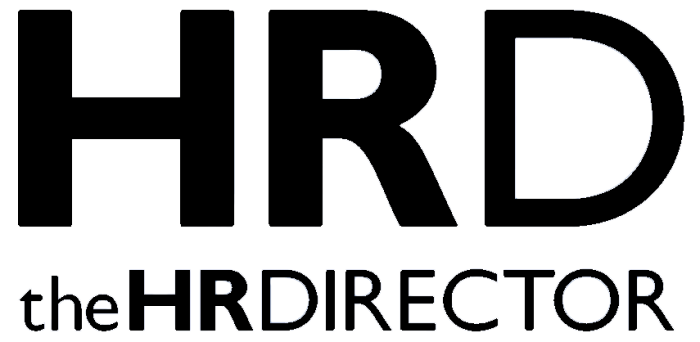How Better Workforce Management Can Help Business Owners Cut Costs
Workforce-associated costs often make up one of the biggest percentages of the overall business operating costs. Finding a way to keep them at a minimum can be a big boost for your company’s bottom line. Moreover, one of the best ways to cut these costs is to ensure better workforce management. This can be done by adopting a foolproof workforce management strategy that focuses on the best workforce management practices to manage and maintain a productive, engaged, and cost-effective workforce. This means keeping in mind aspects such as staff scheduling, attendance tracking, overtime and absence management, staff training, and regulatory compliance among other practices. When done right, better employee management can save you costs in the following five ways.
Minimizes errors
Coming up with an accurate payroll can be a difficult task considering all the data and information that goes into it. You have to keep in mind the number of hours worked, overtime, commissions earned, time-offs, and the like. One of the best workforce management practices to adopt is investing in workforce management technology. These platforms are designed to perform complex employees salaries calculations, ensuring optimum accuracy. This means reduced chances of overpaying your staff, which eliminates unnecessary additional business costs. Additionally, it translates to fewer employee complaints, eliminating the need to go back and forth recalculating the payments.
Access to affordable opportunities
Paying for HR expenses can be quite costly for businesses. However, organizations that opt to outsource the HR function to a third party as a workforce management solution open up an array of benefits. For starters, they gain access to highly qualified HR experts and more HR services at a lower cost per employee as compared to having these services done in-house. Partnering with the best PEO services provider improves your workforce management strategy significantly. They take care of processing and filling HR responsibilities to ensure compliance regardless of where your workforce is located. In addition, they promise more cost-effective workforce benefits for small businesses. PEOs pool together many employees. This puts them in a better position to access better and quality employee benefits at affordable rates. This means that your employees can enjoy benefits such as better health insurance, retirement packages, and more, which leads to a more engaged workforce and increased business cost savings.
Ensures efficient scheduling
Efficient scheduling is important if you are to maximize productivity and reduce employees’ management costs. If you are understaffed, it can mean overworking employees, which can lead to burnout, reduced morale, and ultimately reduced production. You might need to pay more to get the target production done, not forgetting the cost associated with regaining customer trust after a missed deadline. On the other hand, overstaffing translates to additional business costs. A better workforce management strategy allows managers to forecast demand, creating schedules that optimize your cost to revenue ratios. A great workforce management
technology can ensure having the right people at the right time for optimum production and increased business cost saving.
Allows proactive management of absenteeism
Employee absenteeism not only inhibits productivity but also leads to additional direct and indirect costs that can really add up. It can lead to missed deadlines and unhappy customers. Additionally, it can be draining for workers who cover for the absent employee, risking burnout and reduced morale. Effective absenteeism management requires a proactive approach. Better employee management can help managers to predict absence patterns and prepare accordingly. Moreover, a workforce management technology helps expedite finding a replacement to avoid disruptions and reduce employees’ management costs.
Reduces rehires and employee turnover
The cost of replacing an employee can go up to two times more than that of hiring a new one. Likewise, the cost of rehiring is also quite costly. A good workforce management solution ensures an excellent recruitment and onboarding process to ensure the right fits the first time around. This eliminates the cost of rehiring shortly after onboarding employees. In addition, a strong workforce management strategy focuses on increased job satisfaction and employee engagement. This includes providing a simplified self-service solution for adjusting schedules, submitting time-off requests, and more for an improved experience. Additionally,
providing learning opportunities, and listening to employees’ demands among other strategies creates a highly engaged workforce, which minimizes employee turnover.
Every organization that is focused on growth must keep an eye on its business operating costs. It turns out that one of the easiest ways to do this is by ensuring better workforce management. Adopting a workforce management technology helps business owners reduce expenses through payrolls that are more accurate, reduced turnover, and efficient scheduling. In addition, business owners can take a proactive approach to manage time-offs and allow them to leverage cost-effective HR functions with third-party partners.







